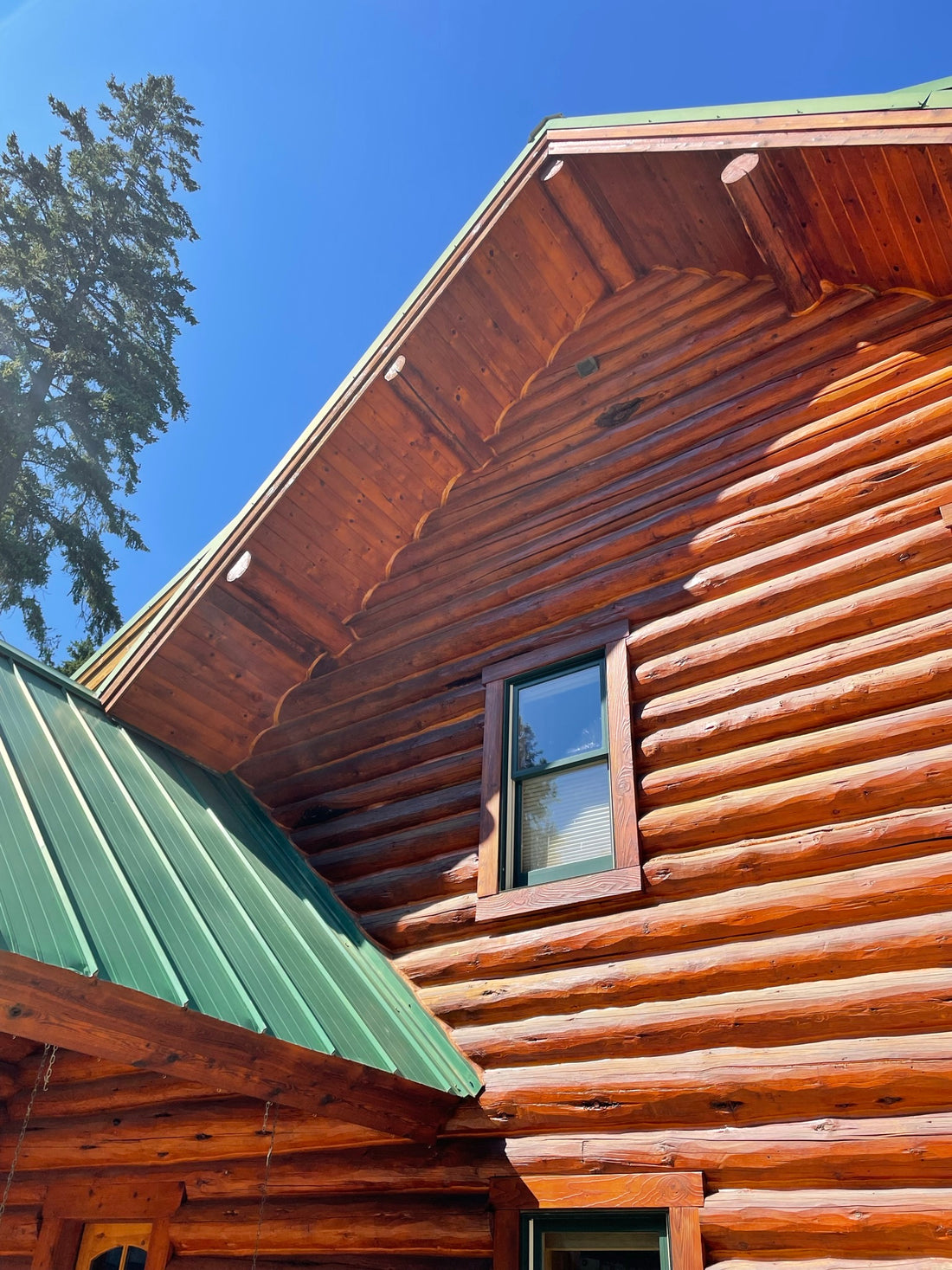
DOES HARDWOOD OR SOFTWOOD MAKE A DIFFERENCE WHEN STAINING
Share
It may seem like all woods should react the same to woodworking and finishes. However, different types of woods actually react very differently in different situations, and as such, different woods will be better for different projects.
Hard vs. Soft Woods
Based on the names, it would seem like hardwoods are woods that are thicker, denser or harder, while softwoods are more malleable or soft. However, the actual density of the wood has very little to do with the classification of the wood. Instead, the hardwood versus softwood classification actually has to do with seeds. If a tree produces a seed that has a coating, it is a hardwood. These coatings may take the shape of a fruit or shell, and could include trees such as oak, maple, walnut, cherry and poplar woods. In contrast, trees that drop their seed straight to the ground without a coating, such as pine, fir or cedar trees, are classified as softwood trees.
In general, softwood trees grow much faster than hardwood trees, which typically results in softer wood and less dense wood, but there are exceptions to this rule (such as balsa wood.)
Uses of Hardwood and Softwood
Because of the way they grow, hardwoods are generally denser than softwoods. Denser woods are better used for flooring, construction, decks and high-quality furniture. Softwoods can be used for framing lumber (such as studs, joists and beams) as well as trim, doors and windows. Softwoods are also typically used for engineered products, like plywood, OSB and paper.
Staining Softwoods
Softwoods generally have a very open cell structure which allows them to absorb massive amounts of stain, which can produce some undesired consequences while staining. Because of the way softwoods grow, the wood grains can vary in density throughout the plank, which can produce a splotchy or uneven appearance when stained.
If you are concerned about staining softwoods and want to maintain an even finished product, consider using a pre-stain conditioner about 20 minutes before you stain the project. This is soak into the open fibers and act as a barrier for the more porous areas of the wood, allowing the stain to sit more evenly on the surface.
Staining Hardwoods
Hardwoods have a much more dense cellular structure, which makes it harder for liquid stain to penetrate the wood. To help maximize the amount of stain absorbed, make sure you sand the wood before starting to stain the wood or the wood may not absorb the stain well. Roughly sanded wood exposes more surface area, giving the stain more area to soak into.
Finding the Right Staining Products
Are you searching for the right products for your wood project? Whether you are staining, finishing or sealing, the team at Lovitt’s Coating can help you find the right products for your job. Contact our team today to get started.
